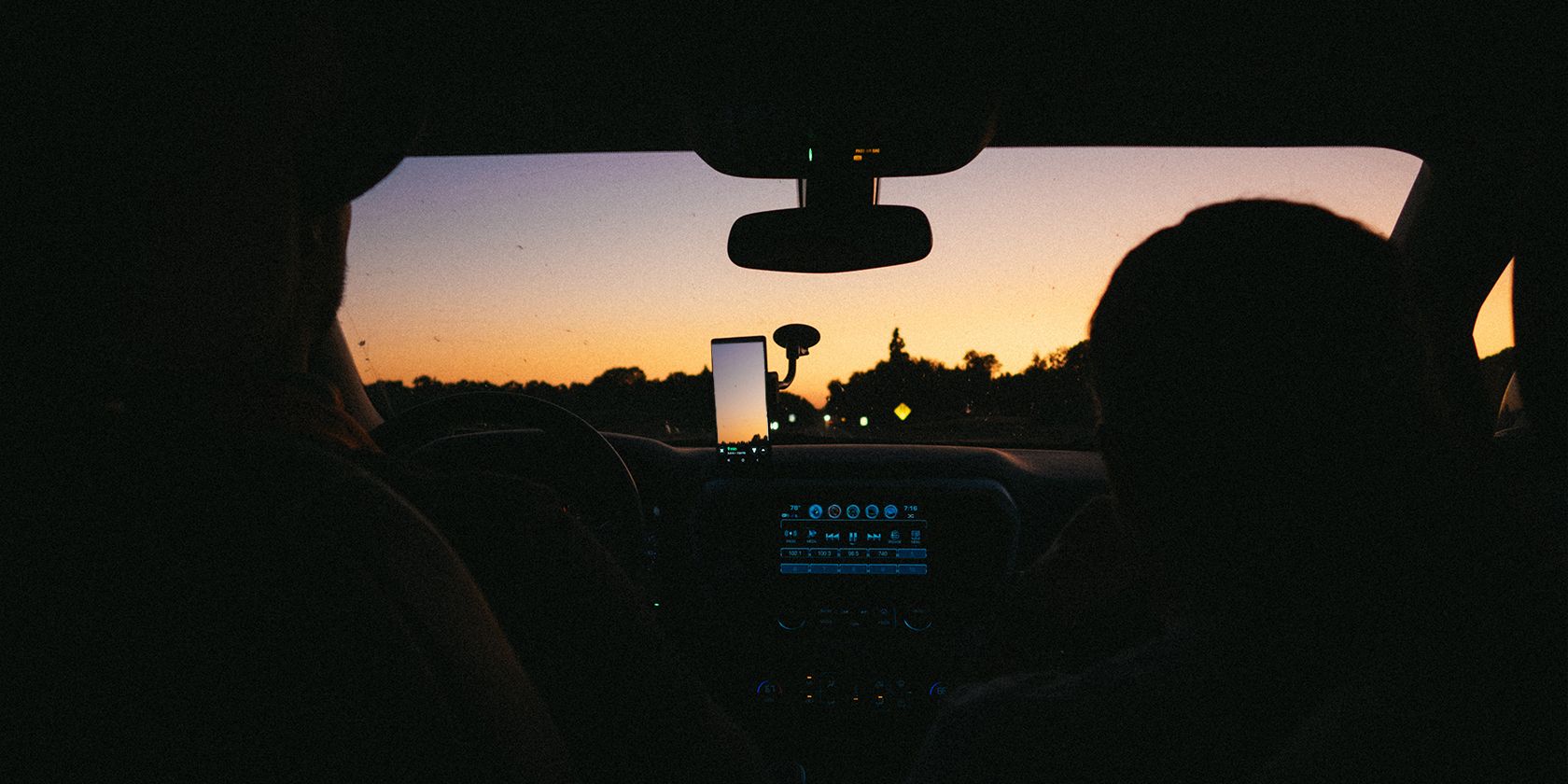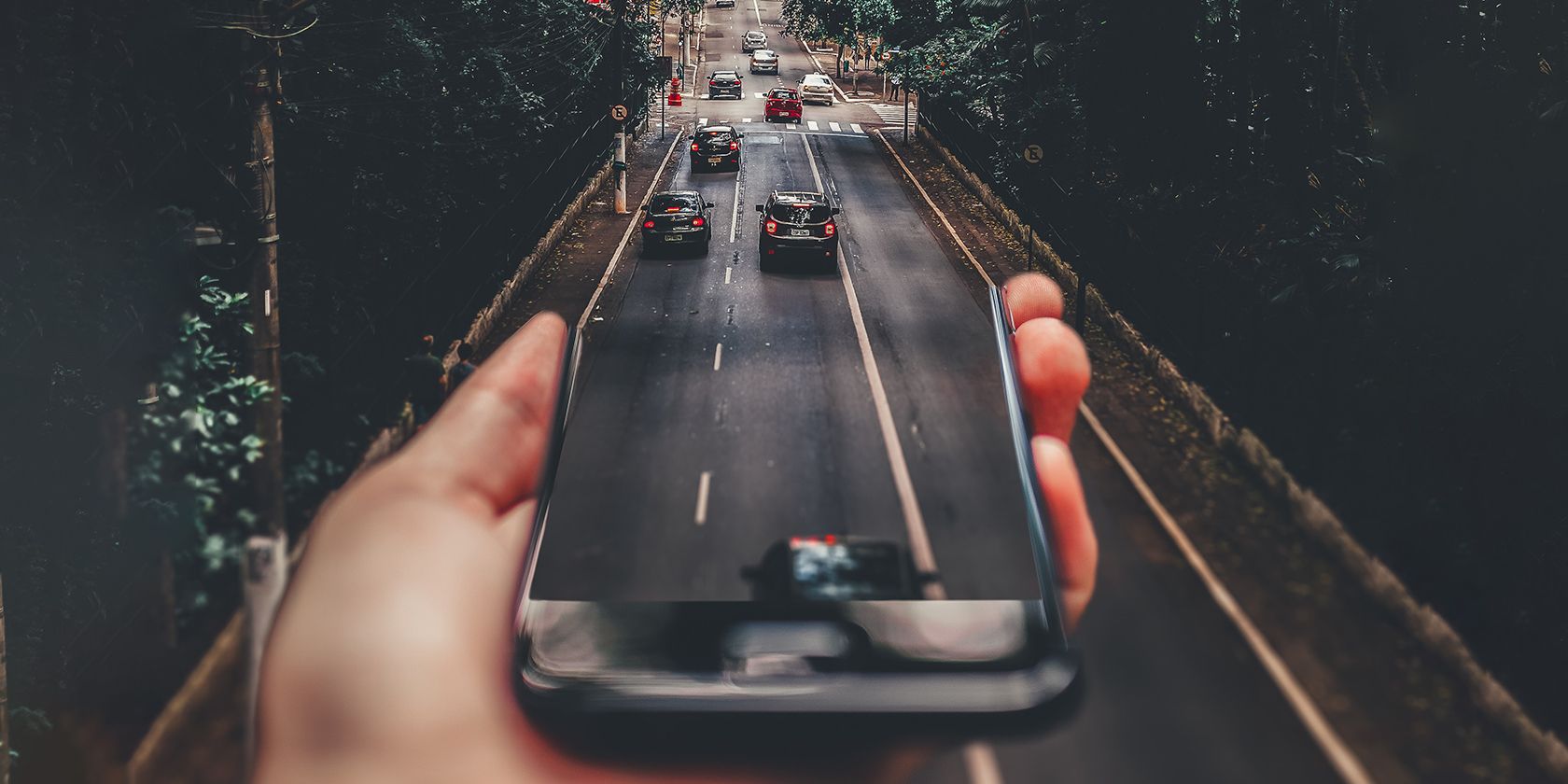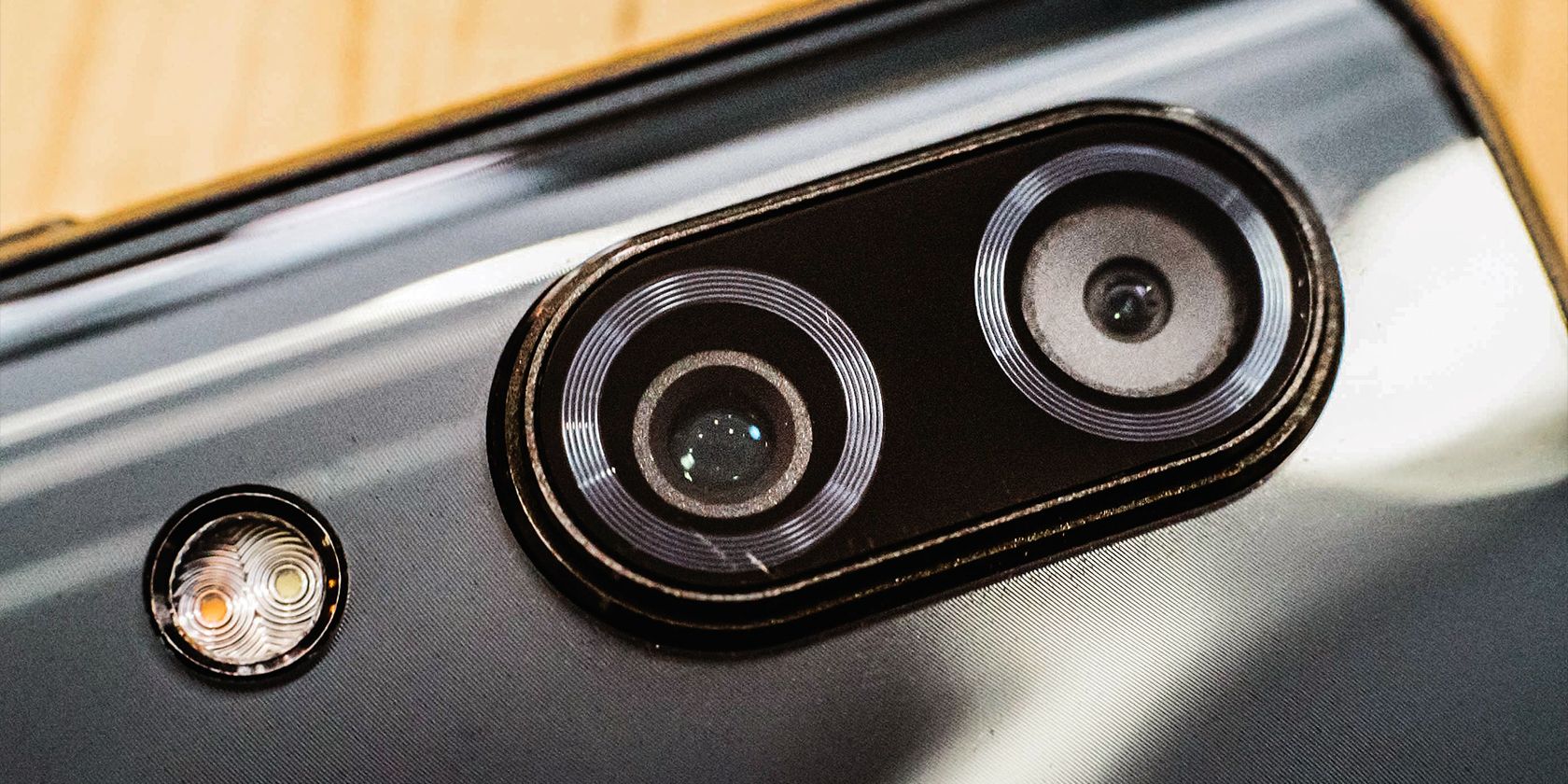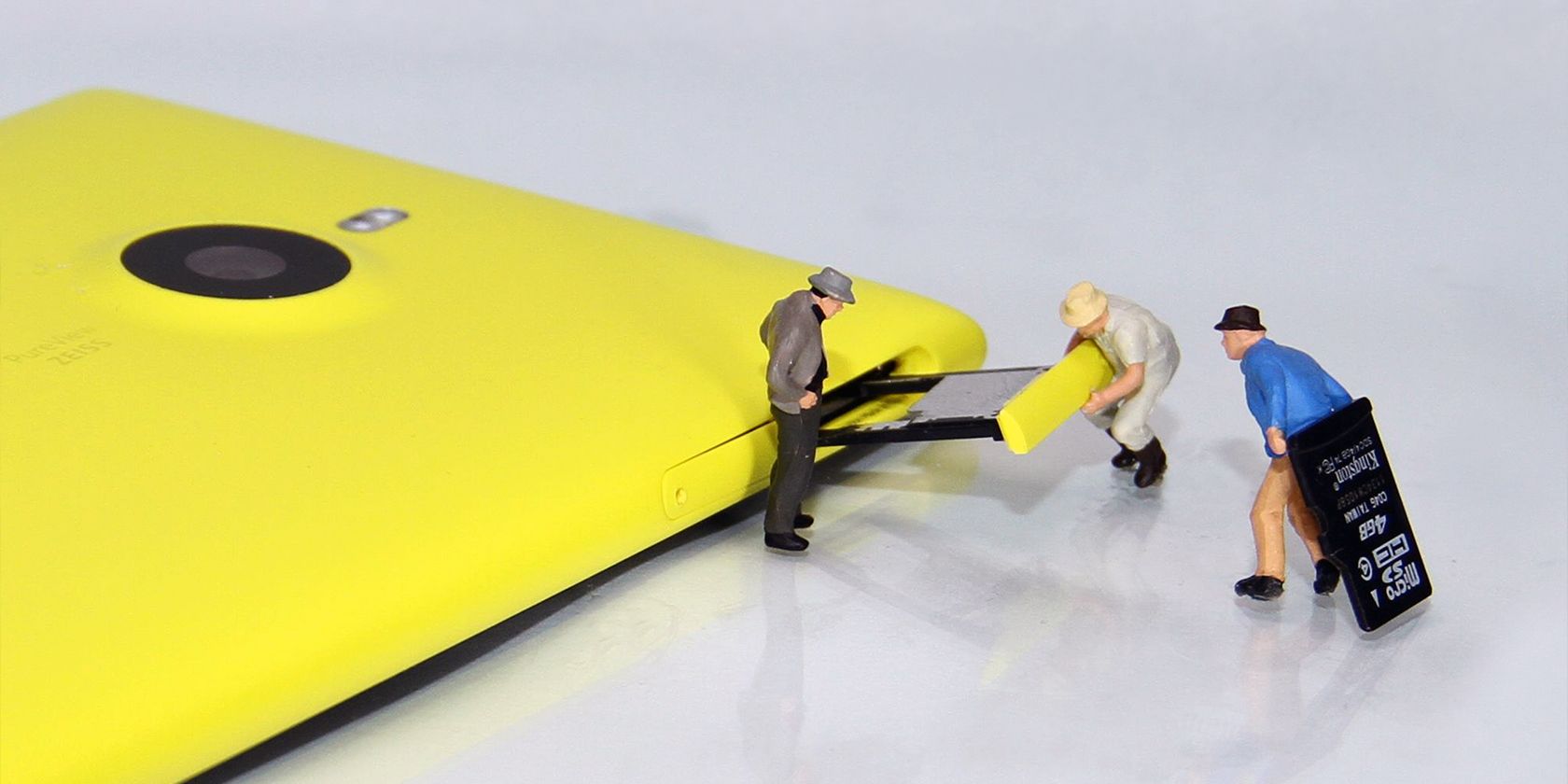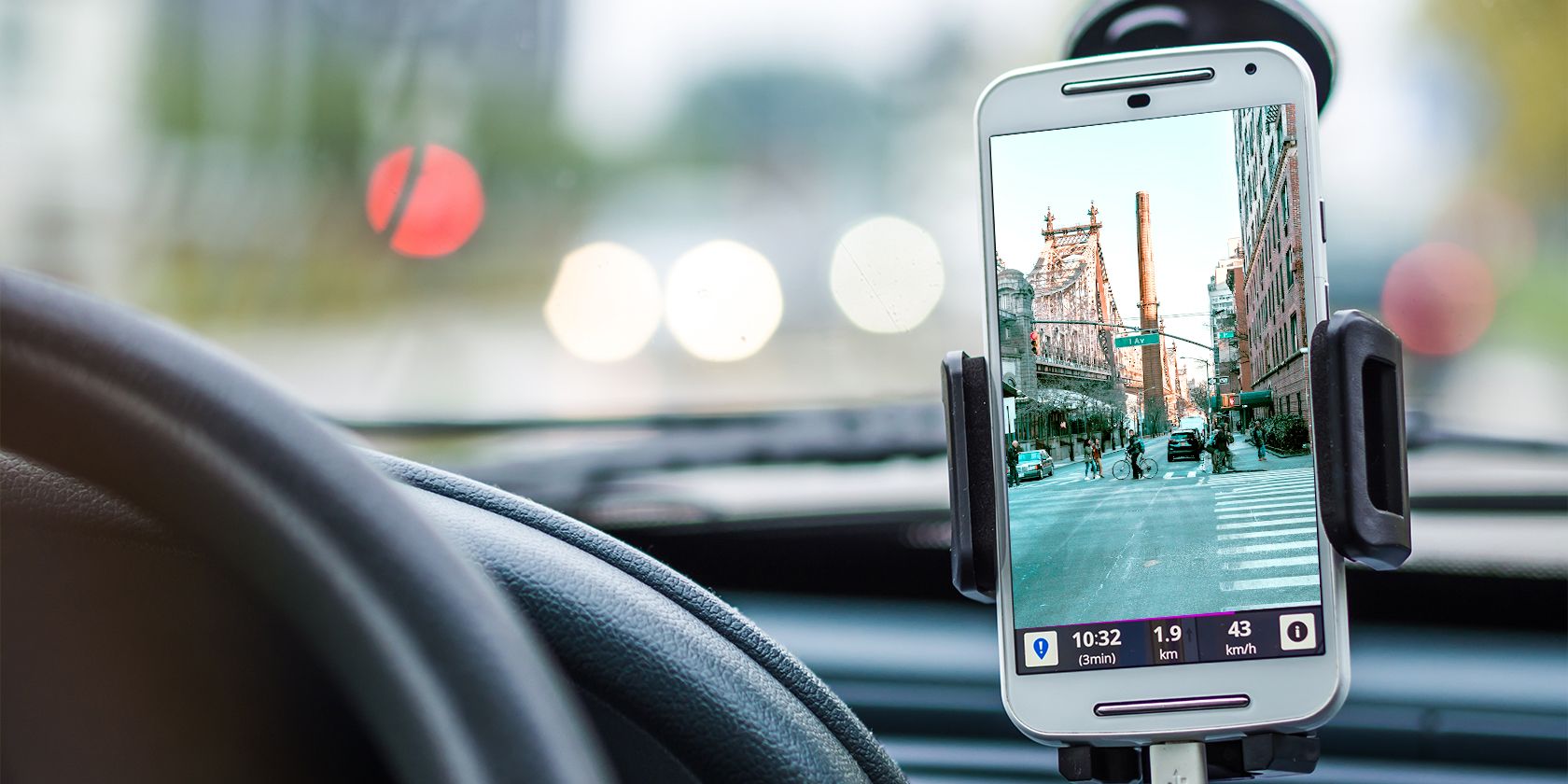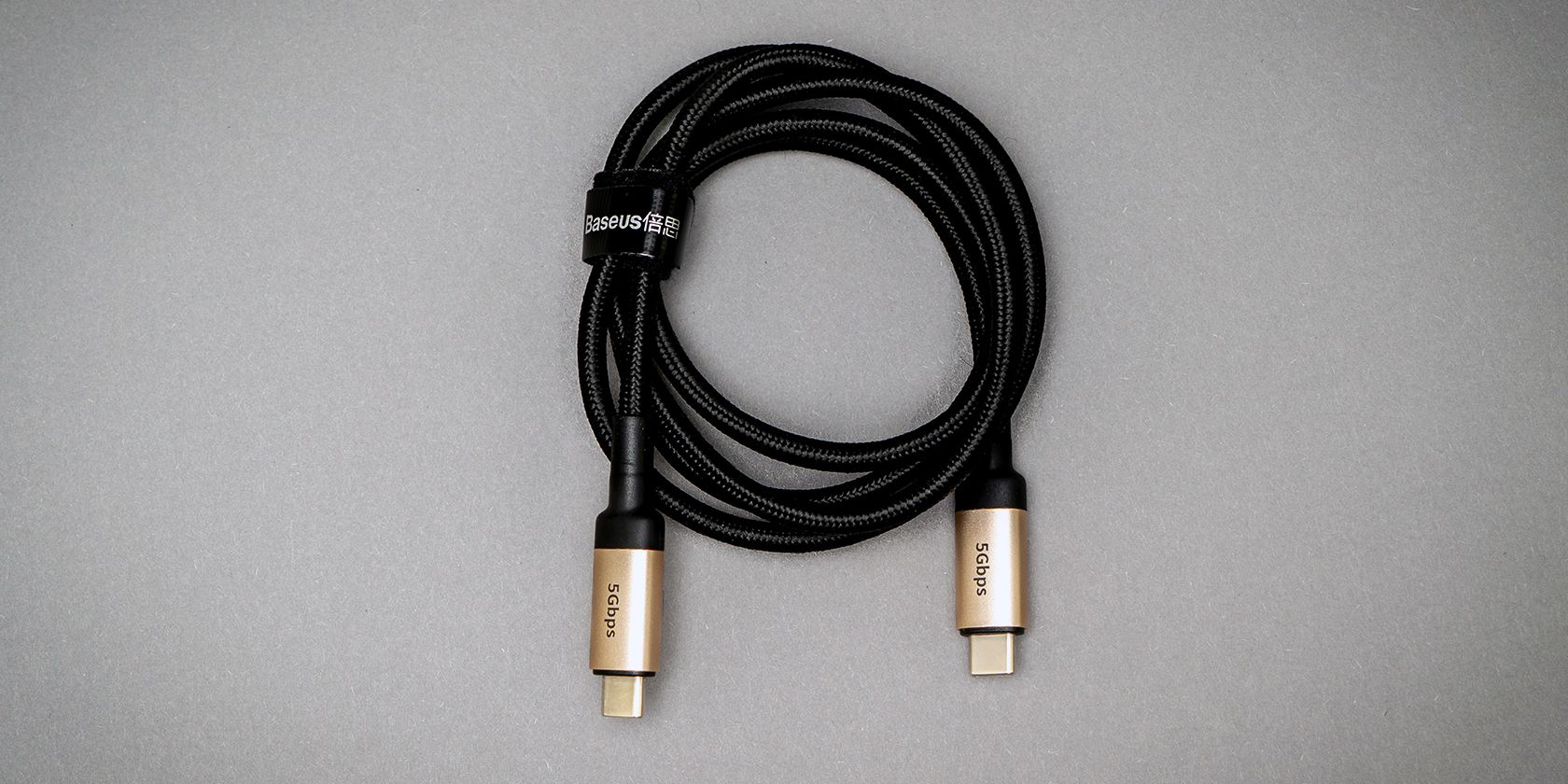Dashcams are a must-have for every motorist. However, they may also cost a pretty penny. But what is a dashcam, after all, but just a camera plugged into your car's charging socket?
So, if that's what a dashcam is, why not use an old, unused smartphone instead? That way, you can save a few bucks while extending the life of your old tech. It also helps reduce the e-waste littered in our drawers.
So, here's how you use an old smartphone as a dashcam.
Pros and Cons of a Smartphone Dashcam
Now, before we dive into the things you need to convert your old phone into a dashcam, you must first know its pros and cons. The biggest advantage of a smartphone dashcam is that you'll save money on a new camera.
Since you're using a smartphone, you can make it automatically connect to any of your Wi-Fi access points or hotspots to backup the recordings in the cloud. Furthermore, if you want to view the captured videos, all you need is to pull it off its mounting and use it like any other smartphone.
However, since it's a smartphone, it is a tempting target among car thieves. This is especially true if you leave it in plain sight like most dashcams. Another option is to take it off its mounting. You can do this, but mounting it back every time you drive can be a hassle.
You should also consider your local laws. Some jurisdictions are strict about having a phone in your driving line of sight, so a smartphone dashcam could get you in trouble.
Nevertheless, if this is legal in the places you frequent and you live in a pretty safe area, then a smartphone dashcam might be a good choice for you. So, here are a few things to consider when setting up an old phone for a dashcam.
Camera Quality and Smartphone Quality
The point of having a dashcam is for you to have a clear record of the streets you're driving. If your old smartphone has a poor camera quality—something less than 1080p Full HD resolution—and it doesn't adjust well to frequently changing lighting conditions, you're setting yourself up for failure.
Consider also the field of view of your phone's camera. You don't want to use a smartphone that only shows a small portion of your hood; you want something that will record the entire vantage point of the driver. That's why it's ideal if your phone has an ultra-wide camera for recording.
You don't have to have a new phone in the car, but something that's three to five years old might do well as a dashcam. Anything older, and you have to consider that its camera isn't up to par or its internals might already be failing from wear and tear.
Remember, if you're using it as a dashcam, it's going to be exposed under varying temperatures—from extremely hot under the summer sun to violently cold during the winter months. That might dent its expected life span as smartphones aren't typically meant to be used in such temperatures. That's why it's best to use an old phone with no physical damage. Its condition should let it last longer.
Phone Storage Capacity
Most old phones come with limited storage. If your old phone only has 32GB or 64GB of space, you should reformat it before using it. Also, ensure that it contains nothing but essential apps and the dashcam app. That way, you have a lot of storage for your videos.
If your phone can expand its memory via a microSD card, then consider installing a 128GB removable card. That way, you can record your dashcam videos at the highest possible setting and keep a number of them on your phone before they get written over.
Mounting Your Phone
If you have a reasonably sound phone available with you, your next step is to mount it in your vehicle. Are you planning to mount it on your windshield or your dash? You can mount it in either position, but windshield mounts are typically better as they can capture more of the road.
You might also want a mount that's easy to remove. That's because if you don't intend to leave your smartphone dashcam in the car, at least you won't have difficulty putting it on and taking it off every time you drive.
Remember, always carefully consider where you place your dashcam (whether it's a dashcam or a smartphone)! You don't want to place any gadget that will obstruct your car's sensors or place it on the airbag. Doing so is dangerous as it could cause your vehicle to act erratically, or it could become a projectile if the airbags inflate in an accident.
Power Source
While most phones have a decent battery life, older devices typically have reduced battery health. Furthermore, recording videos consumes a lot of power. That's why you want a fast charging cable and adapter in your car to charge the smartphone dashcam.
Don't purchase the cheapest car charger and cable you can find—you have to ensure that they provide enough juice so that your phone doesn't drain itself while acting as a dashcam. You should also find something long enough so you don't have cables dangling in front of you. That constitutes a driving hazard, and you should avoid it.
What to Look For in a Dashcam App
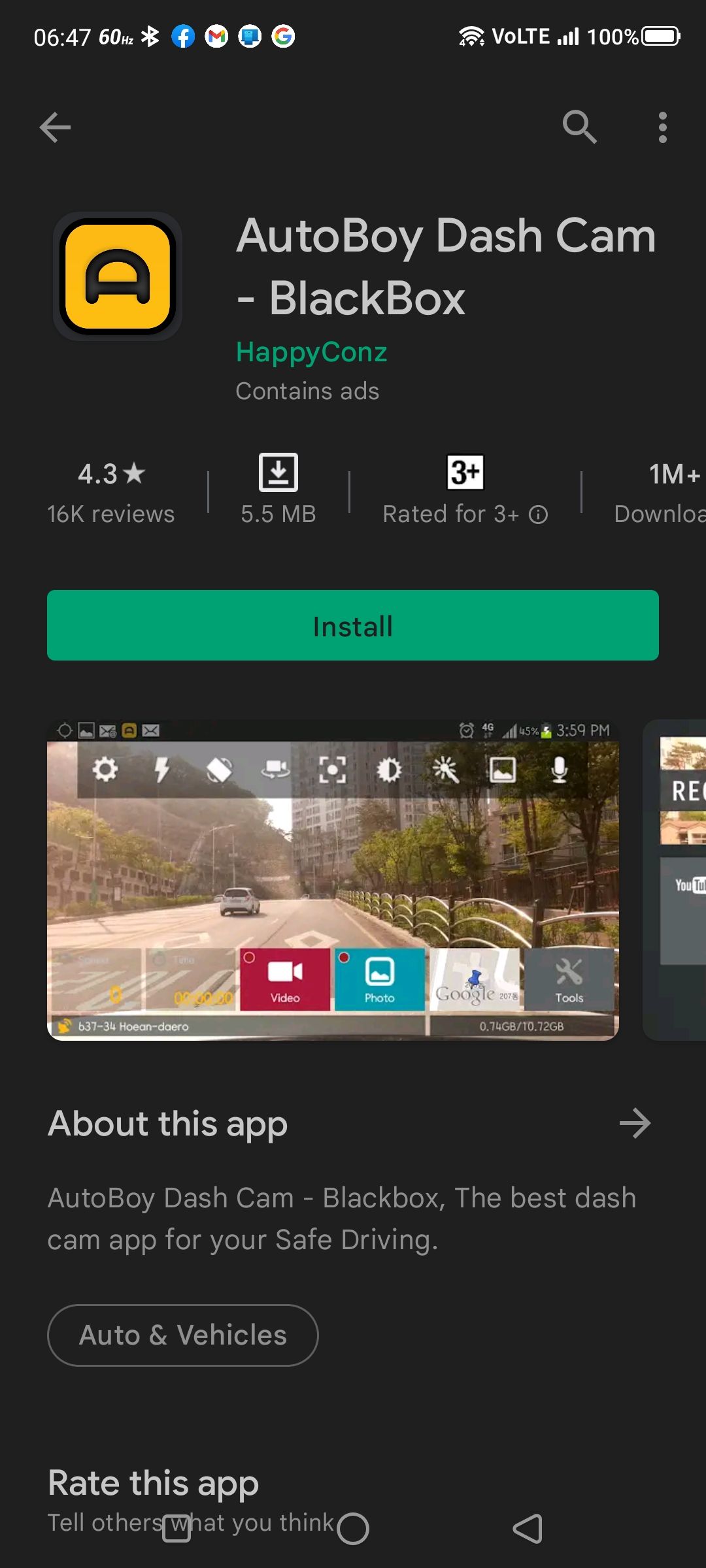
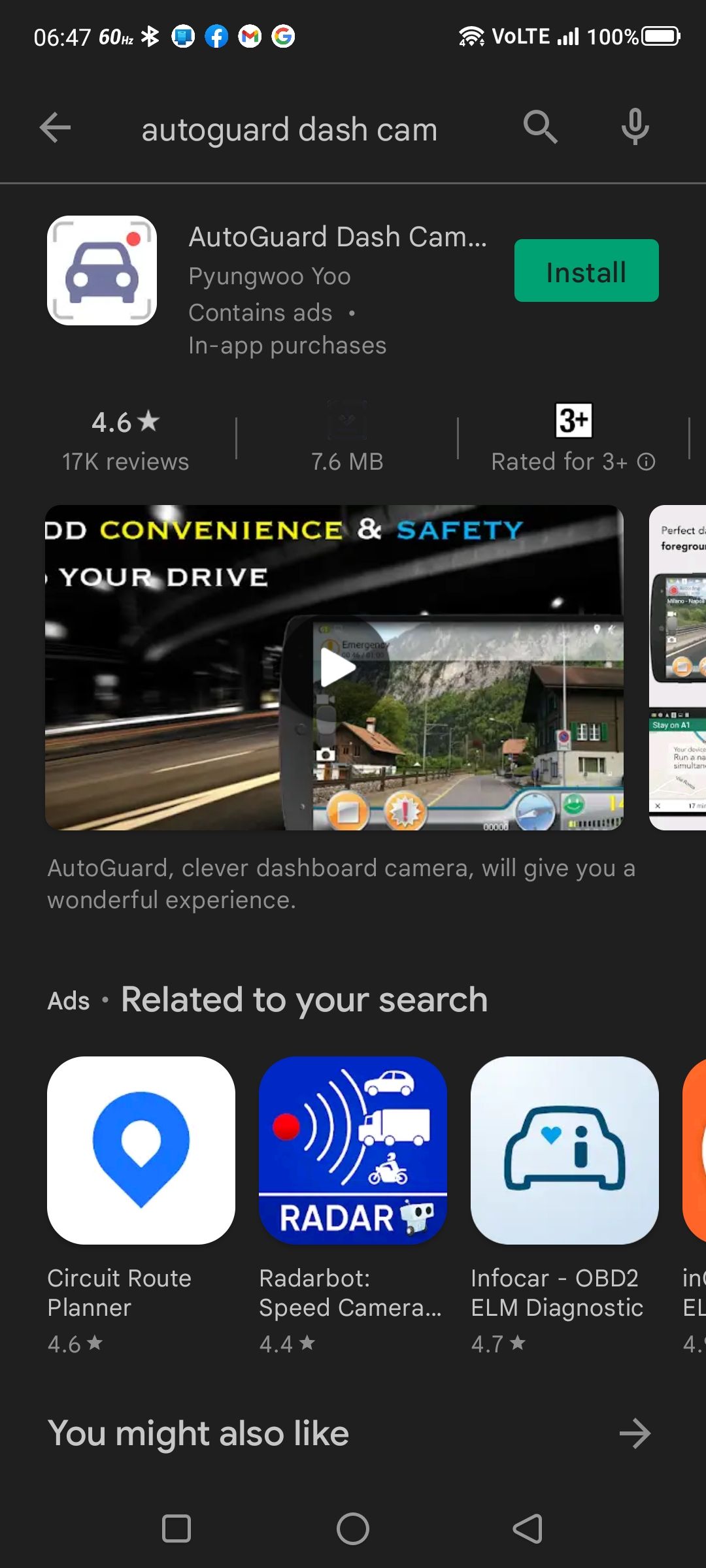
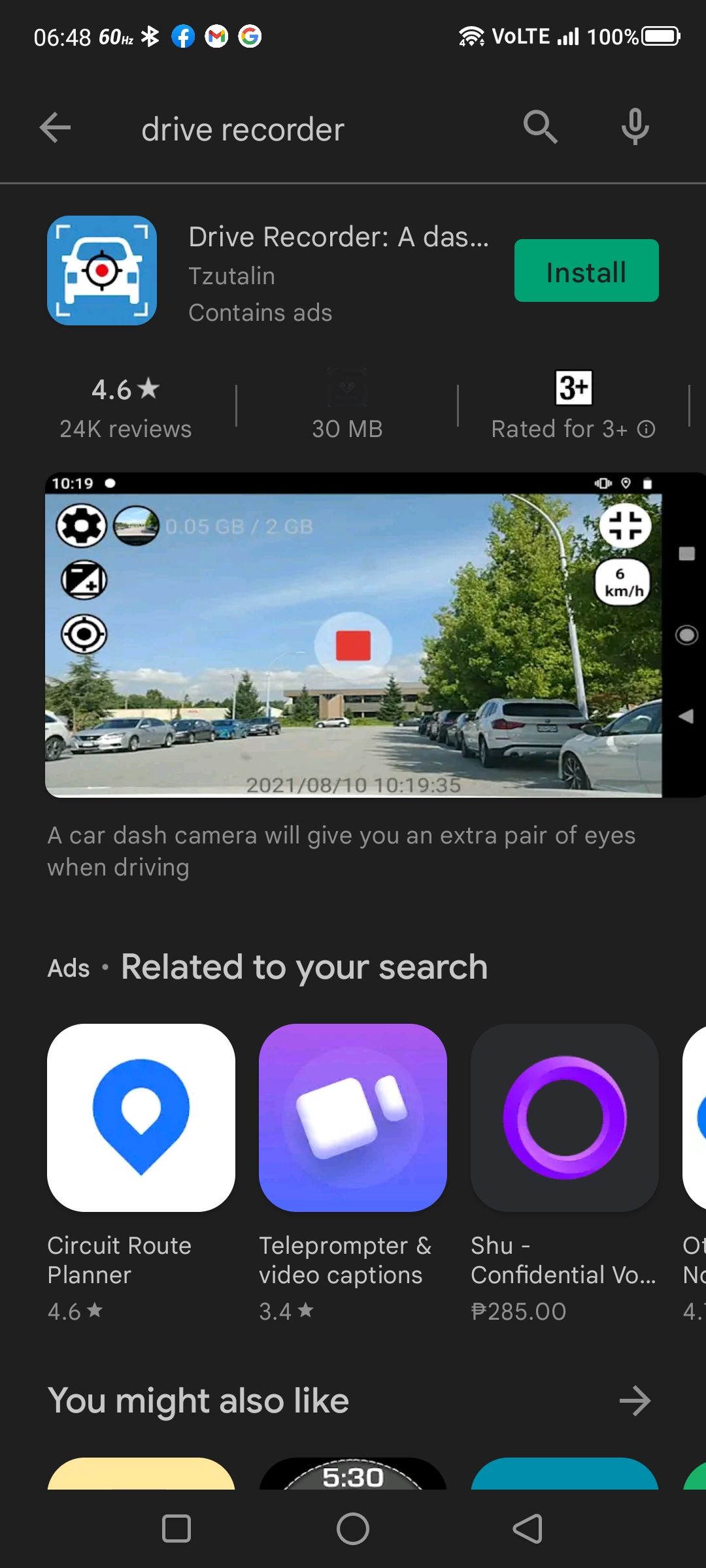
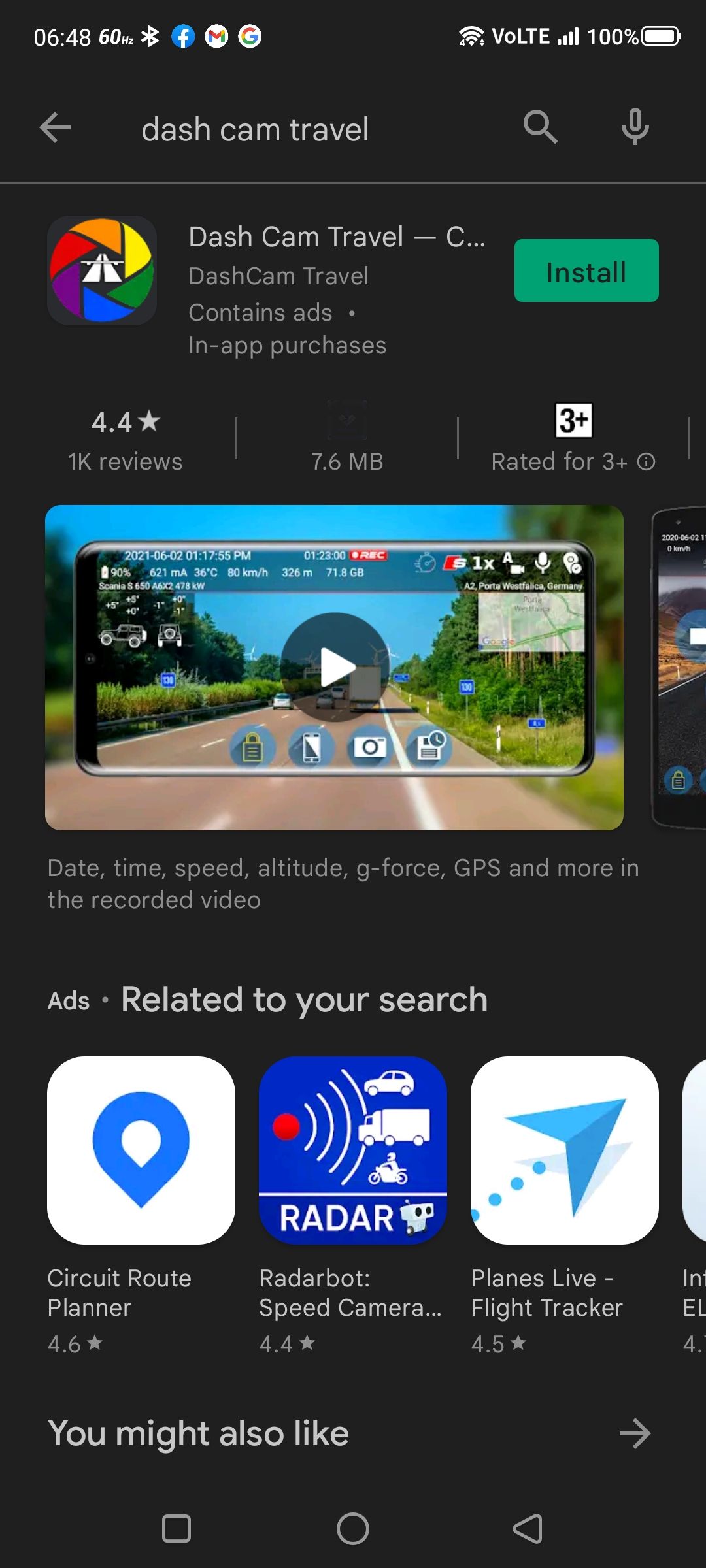
Whether you're an Android or iPhone user, there are several dashcam apps you can choose from. But whatever app you choose, you should look at the following settings:
- Ability to select the video resolution
- GPS location tracking
- Automatic recording
- Background recording
- Video length adjustment
- Automatic file overwrite
Other settings that you might want to consider are:
- Automatic collision detection
- Custom video settings like exposure and white balance
- Automatic cloud uploads
- Audio recording
- Emergency service calling
- GPS Speedometer
These features help give you as much information as possible in case of an accident, allowing investigators and your insurance company to determine what really happened.
Save Money While Extending Your Old Phone's Life
As long as you don't get in trouble and your smartphone still has a lot of life left in it, using it as a dashcam is a good decision. That will help you save some money and, at the same time, reduce unnecessary e-waste. And if you're in a jam, you can use your smartphone dashcam to contact emergency services.

